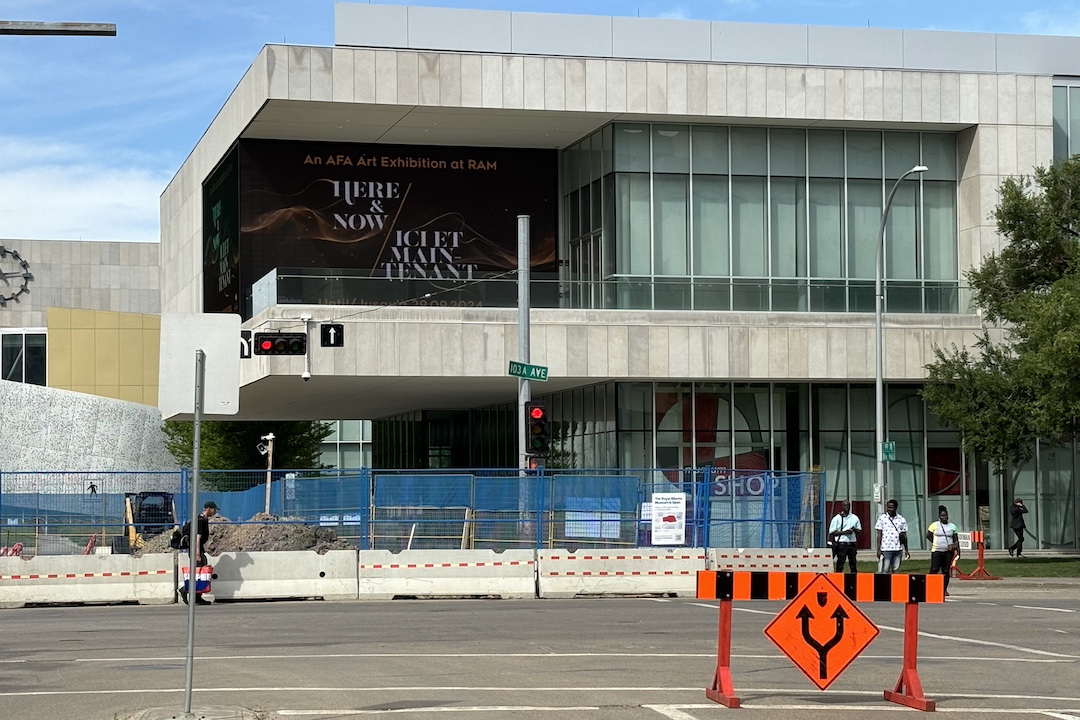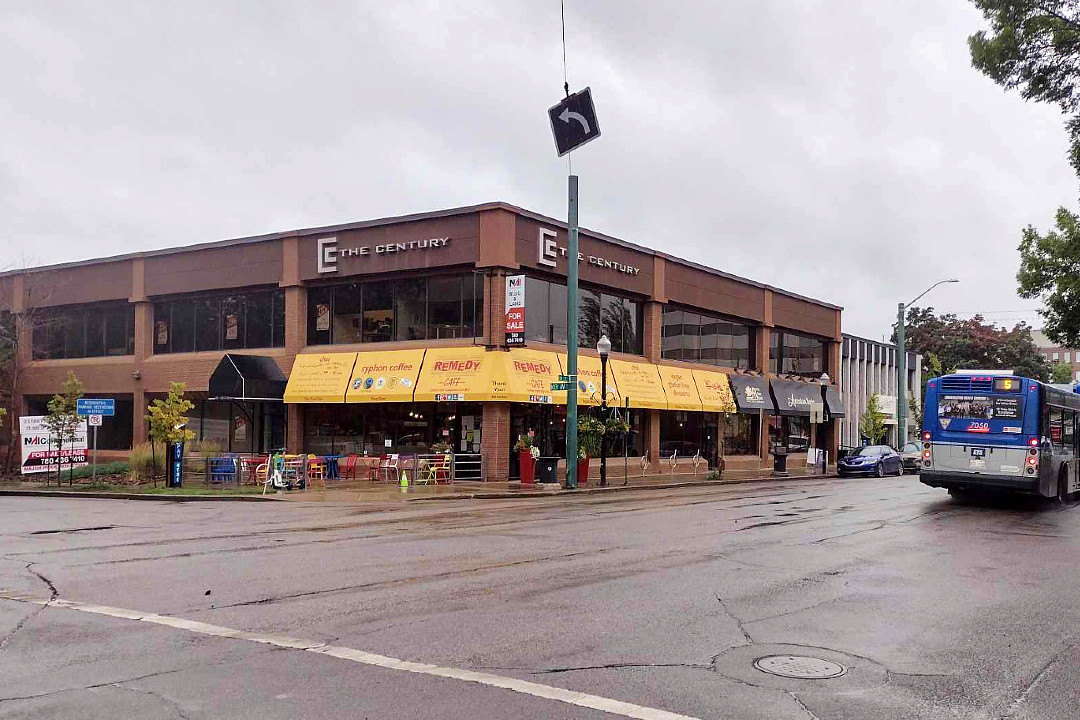
Edmonton is a city filled with stones, bones, and ancient history
By
 Ben Roth
and
Ben Roth
and  Tim Querengesser
Tim Querengesser
The spear point, a bluish-grey stone shaped like a triangle with sharpened edges, caught the light as Kyle Forsythe, curator of archaeology at the Royal Alberta Museum, held it up to the camera. "The guy who brought it in thought it was an arrowhead," he told Taproot. "That's kind of the assumption when you find something like this. But bow and arrow technology has only been in Alberta for the last 2,000 years."
To gather the artifacts that people find within Edmonton and beyond, the Archaeological Society of Alberta holds Stones and Bones events along with museums around the province. The most recent was on Aug. 17 at Fort Edmonton Park. Organizers with the ASA told Taproot turnout was good, that they set up a practice dig site to help the public recognize artifacts typically found in Alberta, but no new artifacts were collected.
Forsythe said that people regularly find artifacts within Edmonton itself. The oldest archaeological site with multiple finds in the city, radiocarbon dated to be 10,000 years old, is on the outskirts. The exact location of this site is confidential, he said, to keep the artifacts there safe. But he said there are artifact sites throughout the city aged between 500 years old and a staggering 10,000.
Some may know that the Strathcona Science Provincial Park, just east of the city, formerly had an archaeological dig site, where archaeology students dug out bones, pottery, and quartzite in the 1970s and '80s. More recently, in April, a couple inside the city were landscaping their yard when they found a black rock that looked like a piece of glass. The rock turned out to be a 4.6-pound chunk of obsidian core, or volcanic glass. The RAM is currently involved in figuring out that dazzling find.
Most Edmonton residents are not finding ultra-rare obsidian rocks. Instead, the most common artifact people find inside city limits is quartzite (rock) bifaces — or objects made of quartzite that's been chipped on two sides to make a working edge. Forsythe said such quartzite is found everywhere in Alberta, and that the biface was the Swiss Army knife of the ancient world, used for cutting, as a spear point, as a scraper, or many other things.
Beyond quartzite, when it comes to finding more easily identifiable artifacts like arrowheads, spear points, stone knives, and scrapers, Forsythe said it's important that people do not take them from where they are found. "Reason being that the most important thing to us archaeologists is the spatial context, so the contacts between different artifacts is what allows us to reconstruct what happened in the past," Forsythe said.
Instead of picking it up, he recommends taking a picture and sending GPS coordinates to the museum or the archaeological survey through the report a find service.






